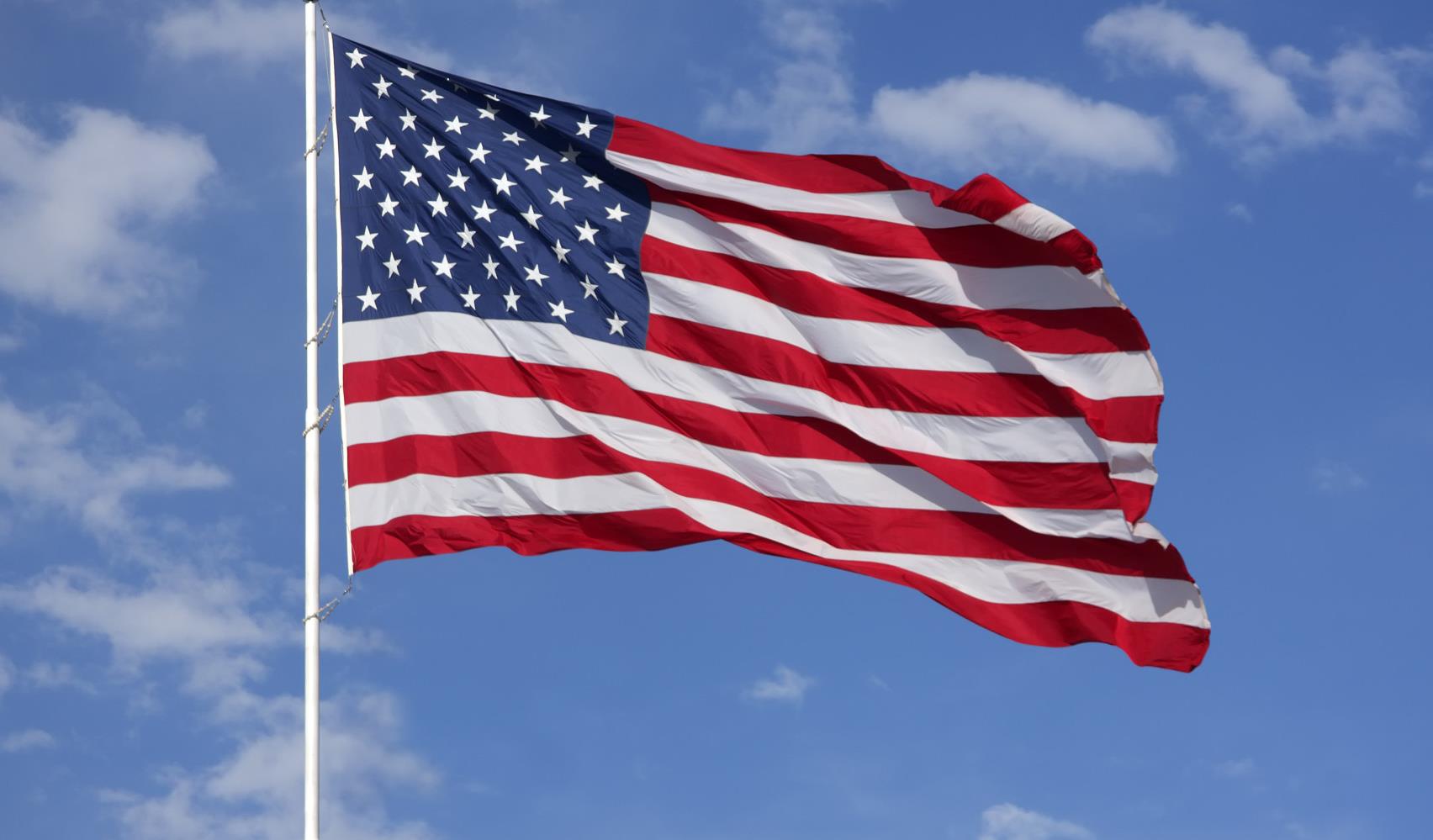Why American isn’t a model for democracy (I)
The United States of America has often touted itself as not only the beacon of democracy but as the model the rest of the world must emulate. In this insightful essay by Professor Pippa Norris, which was first published by Truthout.org, a left-leaning American online news organization, the reader is exposed to the structural and […]


The United States of America has often touted itself as not only the beacon of democracy but as the model the rest of the world must emulate. In this insightful essay by Professor Pippa Norris, which was first published by Truthout.org, a left-leaning American online news organization, the reader is exposed to the structural and systemic problems of America’s democracy. Norris argues that “The US is not a shining example for developing democracies” and that “Many election problems happen long before a single vote is cast.” The article was first published on March 23, 2016 under the title “US Elections Ranked Worst Among Western Democracies; Here’s Why.” Enjoy.
The world is currently transfixed by the spectacle of American elections.
From New York, London and Paris to Beijing, Moscow, and Sydney there is endless heated debate in the news media and across dinner tables about the factors fueling the remarkable success of Donald Trump, speculation about a brokered convention shattering the old GOP, and the most likely outcome of a polarizing Trump-Clinton battle in the fall.
This contest matters. It is the election for the most powerful leader in the Western world, and some — like the Economist Intelligence Unit — regard Donald Trump as a major risk to global prosperity and stability. Also, as citizens of one of the world’s oldest democracies, Americans like to think that the United States provides an influential role model for how elections should run in other countries.
The Electoral Integrity Project (EIP), founded in 2012, provides an independent evaluation of the quality of elections worldwide. The EIP’s results have been published in several books, including my own Why Electoral Integrity Matters and Why Elections Fail — books that focus on comparing the quality of elections, understanding why problems arise, and diagnosing what can be done about these flaws.
We can use the data collected by the EIP to ask: Is the U.S. the electoral role model it imagines itself to be?
A Democratic Role Model?
In practice, recent years have seen a long series of vulnerabilities in the conduct of American elections, as documented by the 2014 report of the bipartisan Presidential Commission on Election Administration. Indeed, these issues have been under close scrutiny ever since the notoriously flawed ballot design in Florida in 2000.
Since then, the Commission has reported wait times in excess of six hours to cast a ballot in Ohio, inaccurate state and local voter registers, insufficiently trained local poll workers, and the breakdown of voting machines in New York.
Standards remain uneven across the country. The Pew Center’s 2012 Election Performance Index, for instance, suggests that states such as North Dakota, Minnesota and Wisconsin performed relatively well against a range of quality indicators combining voting convenience and electoral integrity. Other states, including California, Oklahoma, and Mississippi demonstrated noticeable shortfalls.
Problems Reported by the Media
It was no different during the 2014 midterm elections. The news media reported a range of problems on polling day – some trivial, others more serious. It is unclear whether these arose from accidental administrative mistakes or intentional dirty tricks.
At least 18 state election websites were reported to have experienced disruptions on election day, preventing voters from using the sites to locate polling places and ballot information.
In Virginia, a State Department of Elections spokesman said that 32 electronic voting machines at 25 polling places experienced problems. In both Virginia and North Carolina, the Washington Post reported cases of electronic polling machines which recorded a vote for the Democratic candidate when the screen was touched to cast a vote for the Republican. And in Texas the statewide voter registration system crashed, forcing many to complete provisional ballots when poll workers were unable to confirm voter eligibility.
Meanwhile, new state laws requiring electors to present photo identification caused confusion in several states, including Texas, Georgia, and North Carolina.
These problems are not fading away.
During the 2016 primary in North Carolina, there was confusion about new photo ID requirements and long lines. Court decisions over voter identification laws currently remain pending in Texas and Virginia.
Problems of Money in Politics
As well as repeated procedural flaws, there has been speculation that public disgust with the role of money in politics, and the role of major donors in buying access to Congress, is one of the major factors driving the primary campaigns.
Much of Trump’s visibility comes from exploiting his advantage in attracting free social media and spending less on TV airwaves than any other major candidate. He commonly claims that his organization is more self-funded than most presidential campaigns, without support by a super-PAC. This may appeal to voters who are suspicious of the role of money in American elections and of the honesty of politicians who are seen to be in the pockets of rich donors and corporate interests.
Similarly, Bernie Sanders has campaigned on his ability to raise funds from multiple small donors. He claims Hillary Clinton has been more beholden to establishment donors and fat fees from corporate speaking engagements.
Suspicion of the role of money in politics seems to be widespread.
In the 2012 National Election Survey, for example, when the public was asked whether ‘Rich people buy elections’, two-thirds of Americans agreed with this statement.
